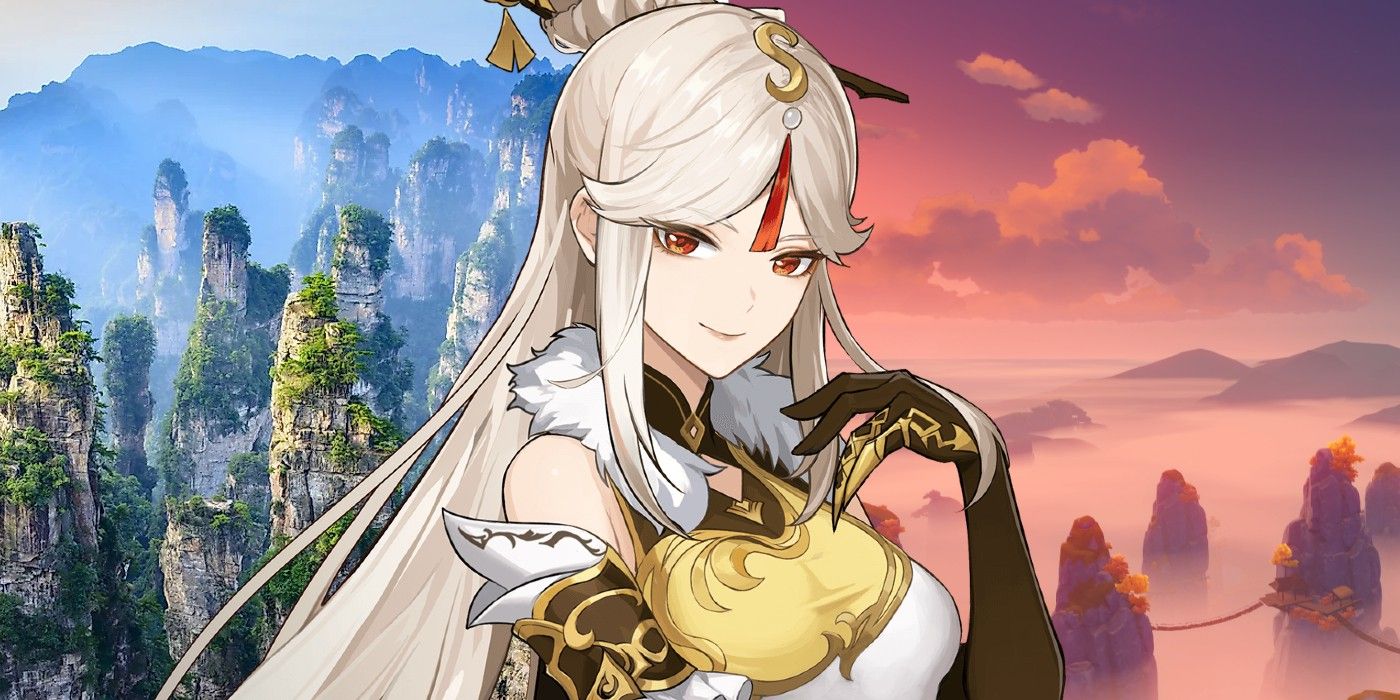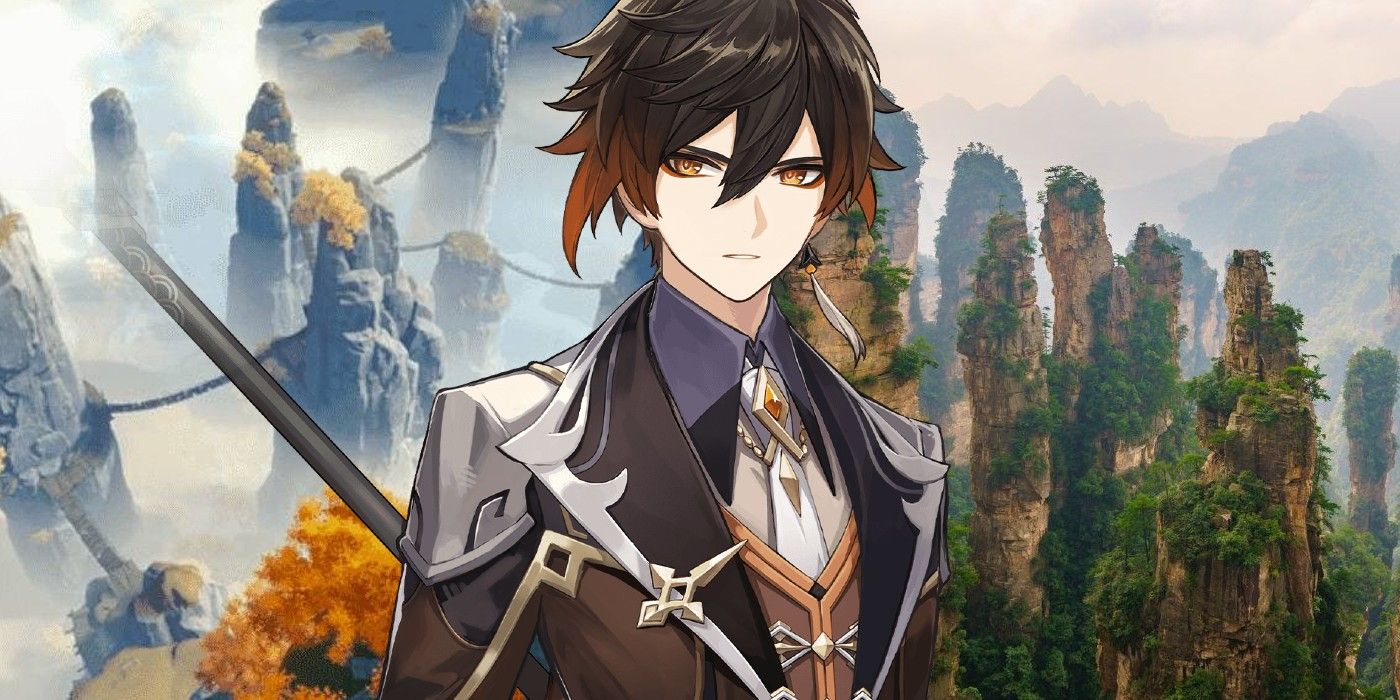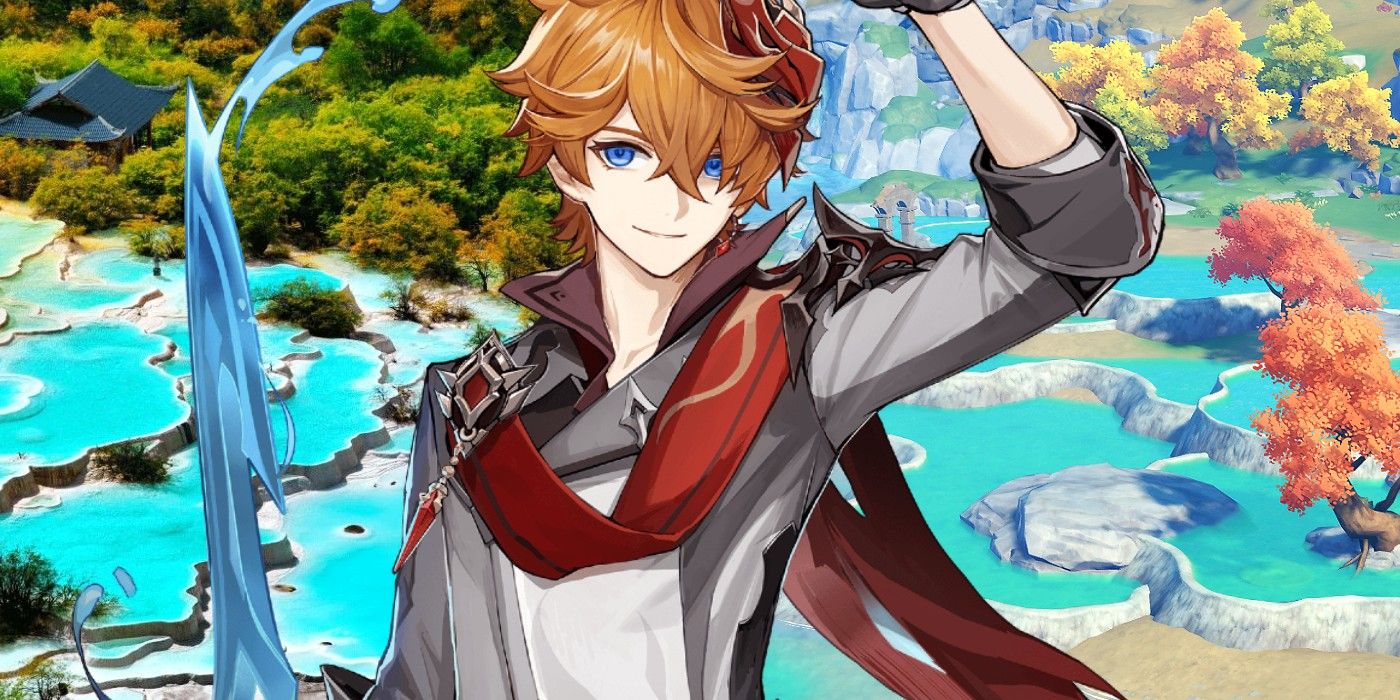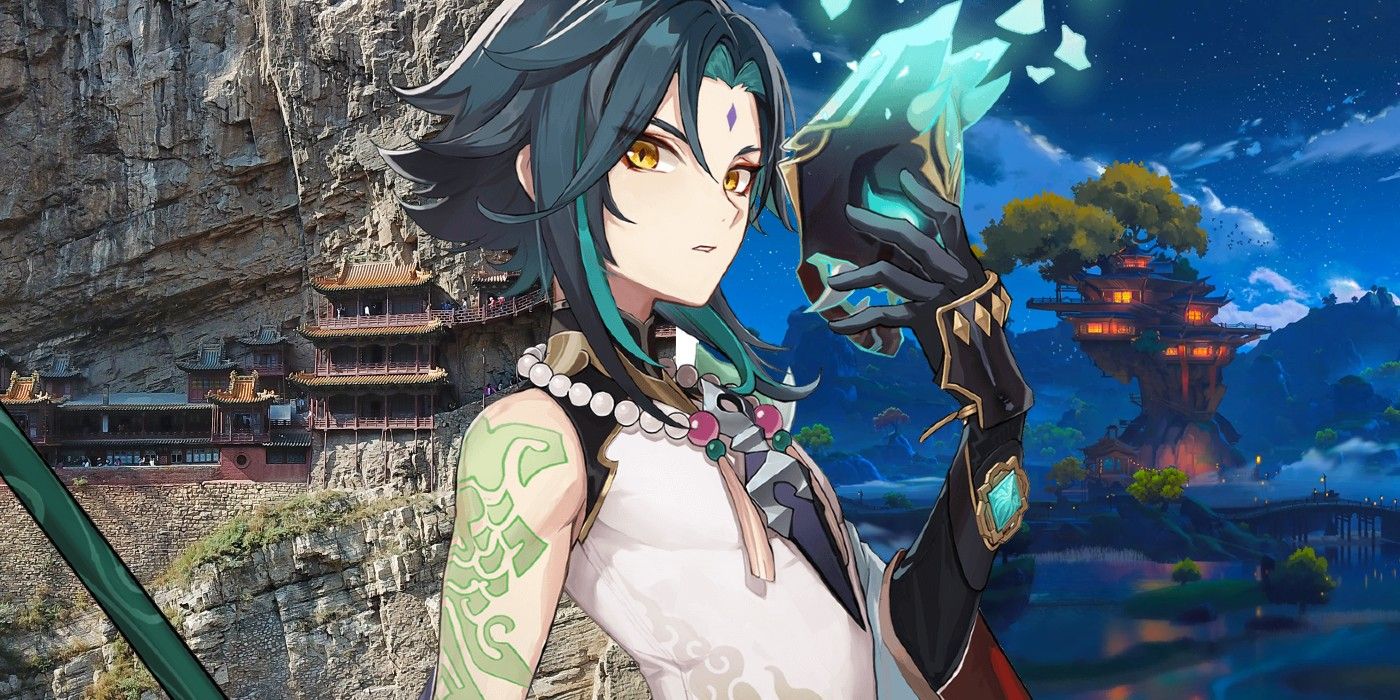The world of Genshin Impact is beautiful, with various regions to explore throughout Teyvat, and many more to come. While every region in Teyvat is unique, it is clear that HoYoverse took inspiration from the real world when designing Teyvat's regions. Liyue is heavily influenced by China's landscape and culture, as points of inspiration can be found all over the region.
HoYoverse clearly takes real care in the design of its regions in Genshin Impact. Each one has its own landscape, climate, and culture among its people. They are also extremely diverse just like the real world, with differences to be found everywhere both physically and culturally. HoYoverse also does well to honor the cultures of the countries that their regions are modeled after, like having Liyue's Lantern Rite Festival around the same time as the Chinese New Year so that Genshin Impact can celebrate Chinese culture in its own way.
In Genshin Impact, the Geo nation of Liyue is a vastly mountainous region that serves as a beautiful representation of China. It has some landmarks that resemble real-world locations found inside the country, some of them being very accurate and a great artistic representation of China's landscapes. There are certain places in Genshin Impact, however, that show just how closely HoYoverse was paying attention to their source material.
Liyue's Jueyun Karst Compared To China's Zhangjiajie National Forest Park
In Genshin Impact, Jueyun Karst is a massive stone forest, having various mountains on its outskirts that are home to Liyue's Adepti. It is a sacred place that few mortal people in Teyvat in Genshin Impact travel to out of respect for the Adepti as they do not want to disturb them, but rarely someone will travel there to seek good fortune. The thin, tall mountains that are bridged between in Jeuyun Karst are very similar to the stone pillars of China's Zhangjiajie National Park, which is located in central-east China in the Wulingyuan Scenic Area. Not only does this National Park and Jueyun Karst have a physical connection through their landscapes, but they also have a symbolic connection.
The stone pillars in Zhangjiajie National Park are described as being "comprised of quartz-sandstone and formed from physical erosion caused by the abundant rains [in the area]." Since the stone pillars of Jueyun Karst are modeled after the ones in China's National Park, it can be assumed that in Teyvat, they were formed the same way via erosion from rain. This is a symbolic link to Liyue and its Geo Archon Rex Lapis, who now only goes by Zhongli. During Liyue's questline, the player will have a lengthy conversation with Zhongli, who discusses the concept of erosion. Zhongli explains that everything erodes, from the land itself to everyone living in it. He also solemnly explains his own fear of eroding to the player, but how it also is inevitable. So while Zhongli represents the erosion of memories, Jueyun Karst's parallels to Zhangjiajie National Park represent the physical erosion of Liyue and the rest of Teyvat.
Genshin Impact's Luhua Pools Are Like China's Huanglong National Park
The Luhua Pools in Liyue are one of the region's most beautiful sights, with aqua blue pools of water that almost glow. This landscape features multiple pools within one another, creating a unique land design. This type of landscape can be found in multiple places inside China's Huanglong National Park, such as the Jade Pool of Huanglong and Yingbin Pool.
These pools are very unique in structure and are actually hot springs, which are said to change color in every season. Bai Xinggqiu, the deputy director of Huanglong National Park stated on HoYoverse:
"I hope this cooperative project with Genshin Impact conveys to players all over the world our shared commitment to environmental protection and shows the natural beauty preserved by such commitment. After going to visit so many incredible scenic landscapes, I still have a hope. I hope that the vivid ecological environments in Genshin Impact not only add to the open-world experience for players but also inspire everyone to go visit nature themselves, as well as protect nature."
Liyue's Wangshu Inn In Genshin Impact Was Inspired By China's Xuankong Temple
Wangshu Inn is likely the first major landmark of Liyue that players run into in Genshin Impact, as it is directly on the road from the city of Mondstadt to Liyue Harbor. Developers of Genshin Impact have noted that part of their design inspiration for Wangshu Inn came from the Xuankong Temple of China, also known as the Hanging Temple, or Hanging Monastery. The Xuankong Temple is a temple built into the side of a cliff southeast of the city of Datong in China, held up by a foundation in the cliff's bedrock and many oak crossbeams almost 100 feet (30 meters) from the ground.
The Xuankong Temple is the only temple in China that combines all three of China's traditional philosophies: Buddhism, Taoism, and Confucianism. Xuankong Temple's religious aspect aligns with the lore of Genshin Impact's Wangshu Inn, which in-game is rumored to be the secretive meeting place of all of Liyue's Adepti, and is also confirmed to be the location where Genshin Impact's Adeptus Xiao spends most of his time in solitude. The design and lore of Wangshu Inn were from many sources, but China's Xuankong Temple was one of its biggest inspirations.
Liyue's likeness to China in Genshin Impact is undeniable, both in topography and in culture. Liyue was likely HoYoverse's love letter to China, as the attention to detail in Liyue's landscapes and stories can be felt all throughout the region. The care put into Liyue makes it a true joy to explore, and the recent addition of the Chasm gives players another reason to return. HoYoverse's love for Teyvat can be felt all over, not just in Liyue but in Mondstadt and Inazuma as well. Since Sumeru is going to be Teyvat's desert region, it will be very interesting to study its landmarks and culture to determine where its real-world landmark inspirations come from, and how closely it resembles those inspirations in Genshin Impact.
Source: National-parks.org / HoYoverse




